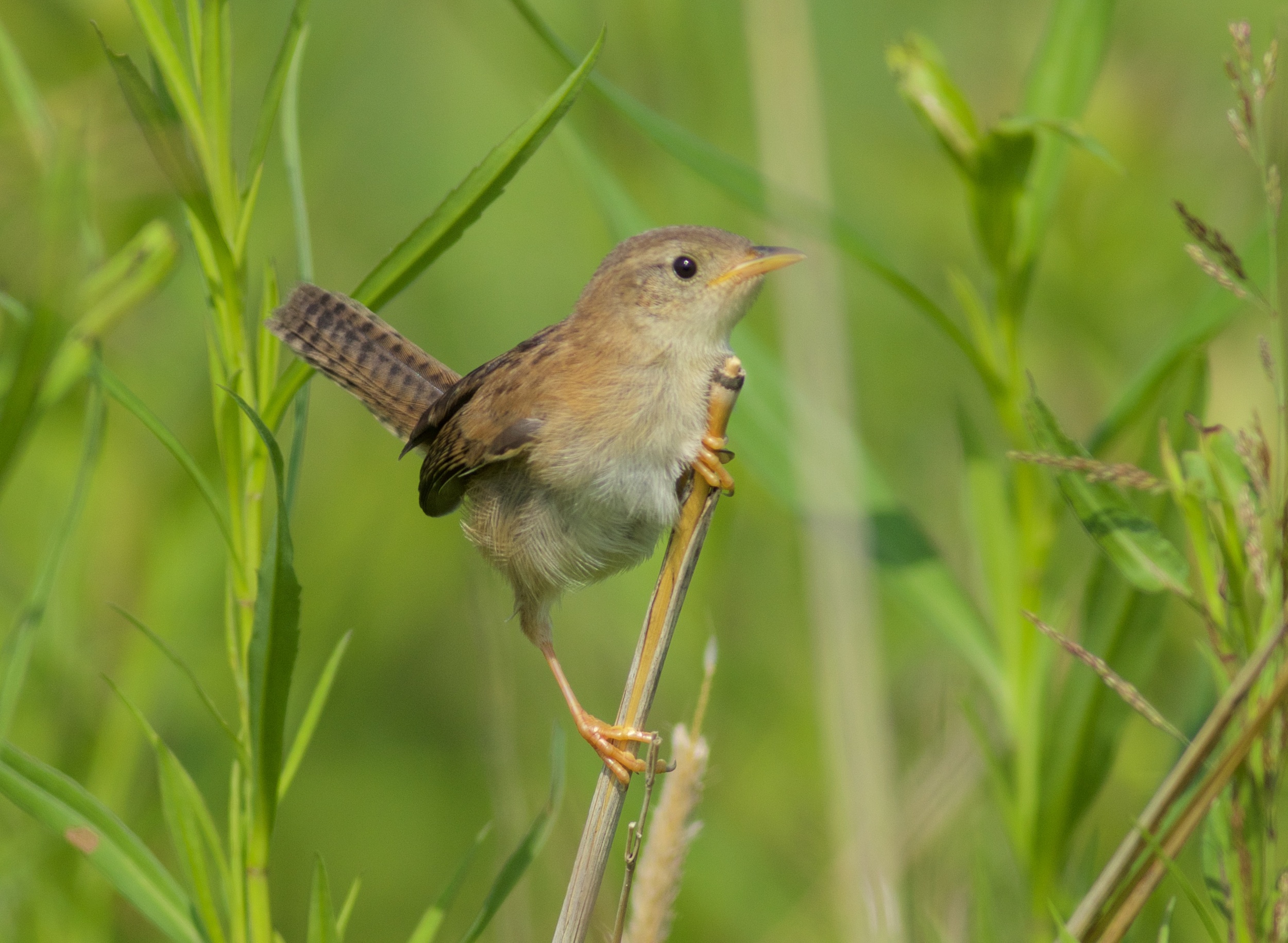The Reckless Wrens’ 13th Great Wisconsin Birdathon venture began at 5:00 PM on Friday, May 17 and ended at 4:49 PM on May 18. Considering the weather overall was cool and windy, our grand total was a very impressive 157 species, a new team record!
Photo by Kelly Colgan Azar






